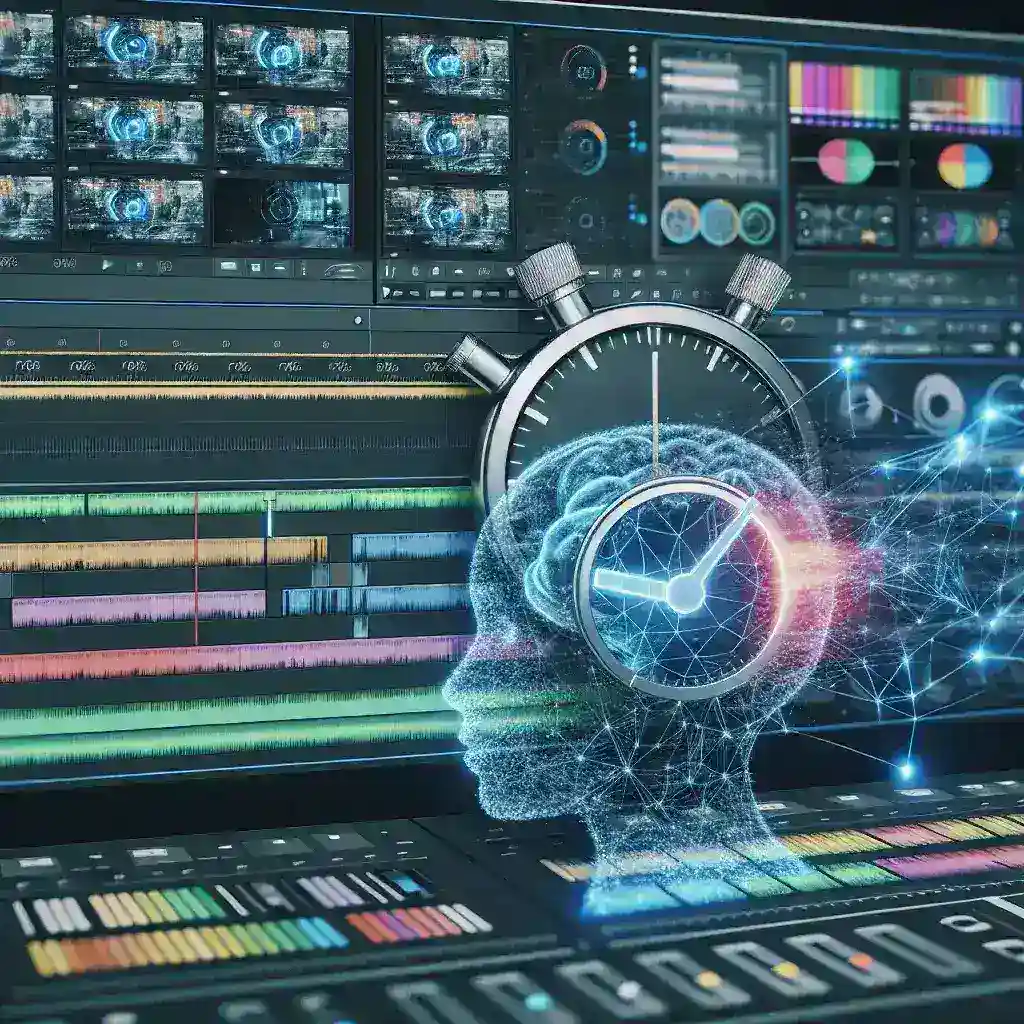Introduction
The world of video editing has witnessed tremendous changes over the past few years, and one of the most significant advancements has been the emergence of AI-assisted video editing. This innovative technology promises to revolutionize the post-production process, making it faster, more efficient, and ultimately more creative. In this article, we will explore how AI-assisted video editing can reduce post-production time by an impressive 75%, the various advantages it brings to video creators, and what the future holds for this dynamic field.
The Evolution of Video Editing
Video editing has evolved dramatically since its inception. Early editing processes were labor-intensive, requiring extensive manual input and time-consuming methods. The introduction of non-linear editing systems (NLE) in the late 20th century marked a significant milestone, allowing editors to work more flexibly and efficiently. However, even with NLEs, the post-production phase could take weeks or even months, especially for large projects.
The Role of AI in Video Editing
Artificial Intelligence (AI) is a technology that mimics human intelligence to perform tasks such as learning, reasoning, and problem-solving. In video editing, AI algorithms can analyze vast amounts of data quickly and efficiently, significantly speeding up the editing process. Below are some of the ways AI is transforming video editing:
1. Automated Editing
AI-assisted tools can automatically edit footage by identifying key moments, selecting the best shots, and even suggesting transitions. This automation not only saves time but also allows editors to focus on creative aspects rather than technical details.
2. Smart Tagging and Organization
AI can analyze video content and tag it accordingly, making it easier for editors to locate specific clips. This smart organization feature eliminates the need for lengthy manual searches, considerably shortening the overall editing process.
3. Enhanced Visual Effects
With AI, the application of visual effects can be streamlined. AI algorithms can assist in tracking motion and applying effects seamlessly, resulting in a polished final product without excessive manual effort.
4. Color Grading and Correction
Color grading is a crucial part of video editing, and AI can assist in this process by automatically analyzing scenes and adjusting colors to achieve a desired look. This not only saves time but ensures consistency across the entire project.
5. Audio Enhancement
AI can also improve audio quality by eliminating background noise, balancing levels, and even suggesting music that complements the visuals. This capability ensures that the audio and video elements blend seamlessly, enhancing the overall viewer experience.
Statistics that Speak Volumes
According to recent studies, the incorporation of AI in video editing has led to a reduction in post-production time by up to 75%. This statistic is particularly notable for content creators, filmmakers, and production houses that handle multiple projects simultaneously.
Comparison of Traditional vs. AI-Assisted Editing
To illustrate the time savings provided by AI-assisted video editing, consider the following comparison:
- Traditional Editing: A project requiring 200 hours of editing time can take weeks, with the editor manually sifting through hours of footage, cutting, and refining.
- AI-Assisted Editing: The same project could potentially be completed in just 50 hours or less, with AI tools automating a significant portion of the process.
Real-World Examples
Several major production companies have already begun implementing AI technology into their workflows. For instance, Netflix utilizes AI algorithms to analyze viewer preferences and tailor the editing style of its content to maximize engagement. Similarly, Adobe has integrated AI features into its Creative Cloud suite, allowing users to expedite their editing process significantly.
Pros and Cons of AI-Assisted Video Editing
Pros:
- Significant reduction in post-production time
- Enhanced creative possibilities through smart suggestions
- Streamlined workflows and improved organization
- Consistency in quality and output
Cons:
- Initial investment in AI tools can be costly
- Potential for over-reliance on technology
- Need for skilled personnel to interpret AI outputs
The Future of AI in Video Editing
As AI technology continues to evolve, we can expect even greater advancements in video editing. Future predictions suggest that AI will not only assist but will also predict trends in video content, helping creators to stay ahead of the curve. Moreover, as the technology becomes more accessible, we can anticipate a surge in content creation, allowing more individuals to tell their stories through video.
Conclusion
AI-assisted video editing is not just a trend; it’s a game-changer that has the potential to redefine the post-production landscape. By reducing editing time by 75%, it opens the floodgates for creativity, allowing editors and filmmakers to focus on what truly matters—storytelling. Embracing this technology means embracing the future of video production, where speed and quality go hand in hand.

